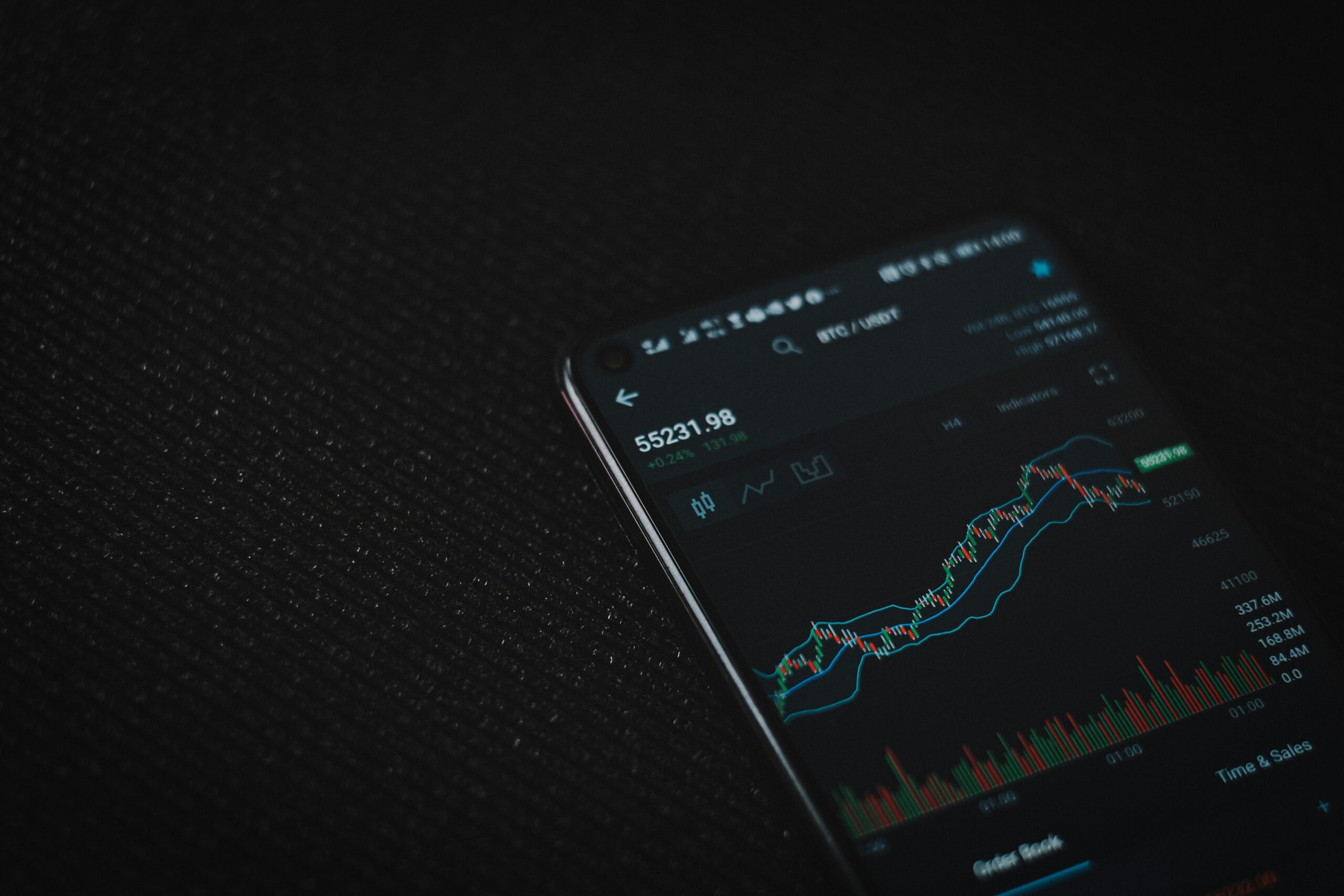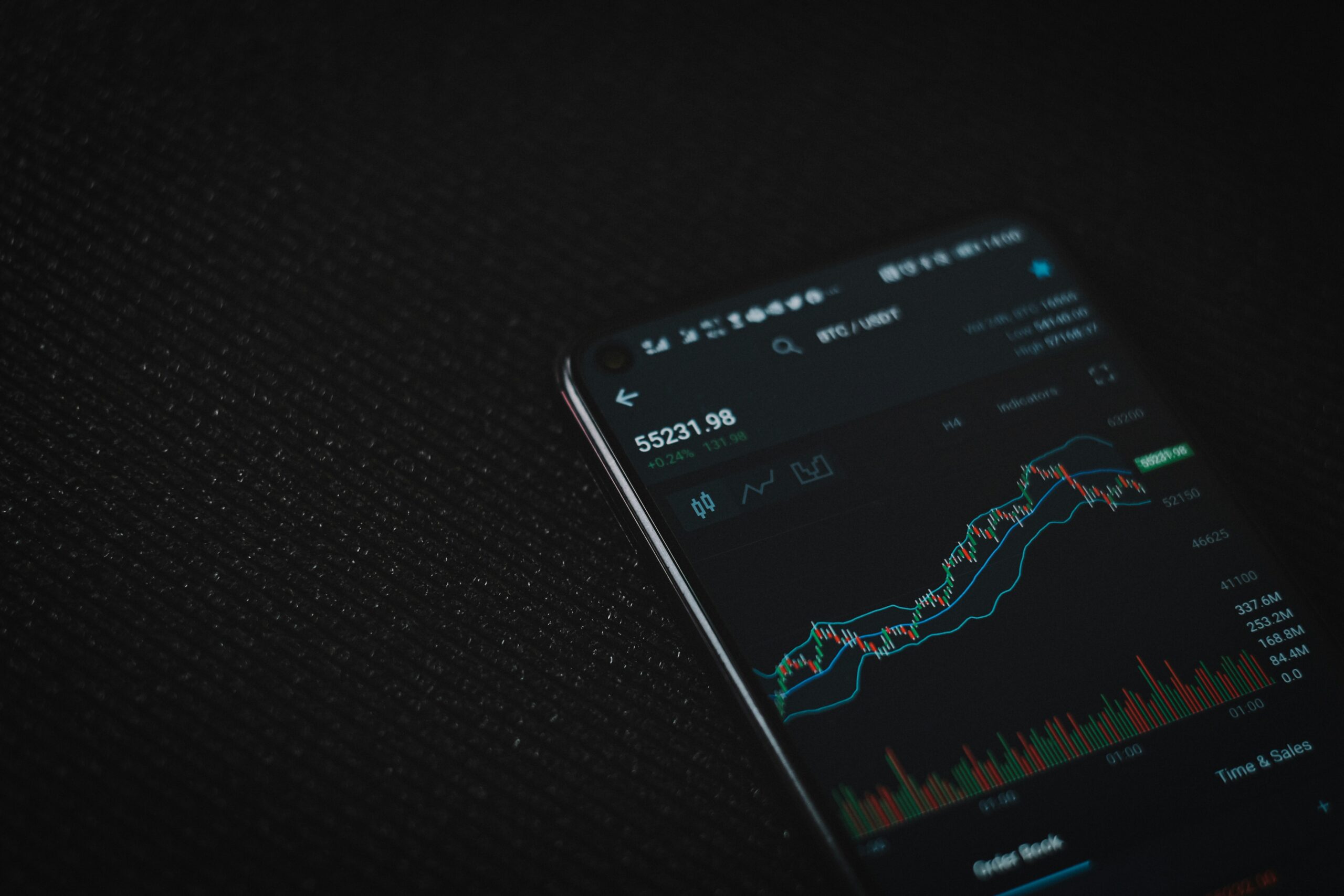
Introduction to GDX and Its Importance
The GDX, officially known as the VanEck Vectors Gold Miners ETF, is an exchange-traded fund that seeks to replicate the performance of the NYSE Arca Gold Miners Index. This index comprises companies engaged in gold mining, and it serves as a significant benchmark for investors interested in the gold mining sector. GDX provides a streamlined approach for investors seeking exposure to gold mining equities without the complexities of investing in individual mining companies. By investing in GDX, individuals participate in the market movements of the leading gold mining firms, making it a valuable tool for portfolio diversification.
Performance analysis of GDX has shown that the ETF can be quite volatile, reflecting the unpredictable nature of gold prices and the health of the mining industry. Over the years, the performance of GDX often mirrors the fluctuations in gold prices, which are influenced by a variety of factors—including economic stability, inflation, and currency strength. Investors typically turn to gold and its related assets as a hedge during periods of economic uncertainty, thereby directly impacting the market performance of GDX.
Understanding the intricacies of the gold mining sector and its effect on GDX’s performance is imperative for making informed investment decisions. Factors such as geopolitical events, changes in mining regulations, and advancements in mining technology can significantly influence the price movements of both GDX and the underlying assets it represents. As we shift our focus towards the forecast for 2025, it is crucial to consider these variables, as they will shape future trends and provide insights into where GDX may be headed in terms of market performance and overall investment viability.
Current Market Trends Affecting GDX
The GDX, or Gold Miners ETF, reflects the performance of companies involved in mining gold, and its valuation is significantly influenced by overarching market trends. One primary factor is the global economic climate. Presently, uncertainties surrounding economic growth and potential recessions in various regions prompt investors to seek safe-haven assets, such as gold. Consequently, this shift towards gold can bolster the performance of GDX, as heightened demand for gold typically results in favorable conditions for mining stocks.
Another crucial trend involves inflation rates. Persistently high inflation can erode purchasing power and heightens the appeal of gold as a hedging asset. Investors often turn to gold during inflationary periods, perceiving it as a stable store of value. This behavior tends to elevate gold prices, thereby positively influencing the GDX. Furthermore, interest rates play a significant role in shaping GDX performance. Lower interest rates diminish the opportunity cost of holding non-yielding assets like gold. Thus, when central banks lower rates to stimulate economic growth, it can further enhance gold demand and elevate the prices of mining stocks represented in GDX.
Market sentiment towards mining stocks is also notably influenced by geopolitical events and global economic policies. Political instability in key gold-producing regions can disrupt supply chains, leading to higher commodity prices. This environment may create bullish sentiment around GDX among investors wary of possible supply constraints. Additionally, global policies concerning trade and tariffs may directly affect mining operations and costs, further impacting stock prices of mining companies within the GDX. As investors remain attentive to these multifaceted aspects, the performance of GDX will likely be closely tied to the prevailing market trends in the broader economic landscape.
Expert Predictions and Analysis for 2025
As we look ahead to 2025, analysts and investment experts are united in their pursuit of understanding how the GDX, or Gold Miners ETF, will perform amidst evolving economic landscapes. Various insights suggest both optimistic and pessimistic projections for the GDX stock, heavily influenced by external factors, including macroeconomic conditions and geopolitical events. While it is difficult to reach a consensus, several critical predictions have emerged from the latest analyses.
From a bullish perspective, many experts foresee GDX reaching price levels between $40 and $50 by the end of 2025. Optimistic analysts often cite the potential stability and rise in gold prices due to increasing global uncertainties, including inflation, currency devaluation, and the persistent demand for gold as a safe-haven asset. Additionally, technological advancements in mining and increased exploration efforts are expected to bolster production efficiency, further supporting the upward movement of GDX.
Conversely, some analysts adopt a more cautious stance, predicting potential declines in GDX prices. They point to factors such as possible changes in Federal Reserve monetary policies and a potential recovery in global economies, which may reduce gold’s attractiveness as an investment. Forecasts suggest that if the Federal Reserve tightens interest rates significantly, investors may shift towards higher-yielding investments, potentially resulting in GDX retracing to price levels around $30-$35.
Ultimately, understanding the dynamics that could shape GDX’s performance in 2025 is essential for investors. By evaluating historical data, current trends, and expert predictions, stakeholders can navigate potential outcomes more effectively. Key to this analysis will be the close monitoring of economic indicators as well as industry developments. Whether predictions indicate optimism or caution, having a well-rounded perspective will be crucial for informed investment decisions in the ever-evolving arena of gold mining stocks.
Investment Strategies for GDX in 2025
As investors evaluate their approaches to the GDX stock in 2025, developing comprehensive investment strategies becomes essential. Given the inherent volatility of gold mining stocks, understanding the key risk factors is crucial. Fluctuations in gold prices, geopolitical instability, and operational challenges can dramatically affect GDX performance. Hence, prospective investors must perform thorough due diligence before entering the market.
Assessing potential returns is another vital component of investment strategy. Historically, gold mining stocks, including those in the GDX ETF, have provided substantial long-term growth. However, during periods of economic uncertainty, these stocks can outperform other sectors, making them attractive hedge options. Therefore, establishing a clear investment horizon and return expectations will aid investors in making informed decisions.
Diversification is an effective strategy for managing risk while investing in GDX. By incorporating a mix of gold mining stocks with assets from different sectors, investors can mitigate potential losses during downturns in the gold market. Furthermore, considering the correlation between gold prices and economic indicators, such as inflation rates, can enhance the diversification strategy’s effectiveness.
Timing the market is another critical element when investing in GDX. Utilizing technical analysis can help identify potential entry and exit points, revealing patterns that inform trading decisions. Fundamental analysis, on the other hand, emphasizes assessing the overall health and performance of the companies within the GDX, providing a broader context for investment. Monitoring economic indicators, such as interest rates and currency fluctuations, can provide valuable insights into the gold market’s trajectory.
In conclusion, crafting a robust investment strategy for GDX in 2025 involves understanding the associated risk factors, potential returns, diversification, market timing, and continuous monitoring of economic indicators. By integrating these elements, investors can position themselves to capitalize on opportunities and navigate challenges presented by the gold mining sector effectively.

